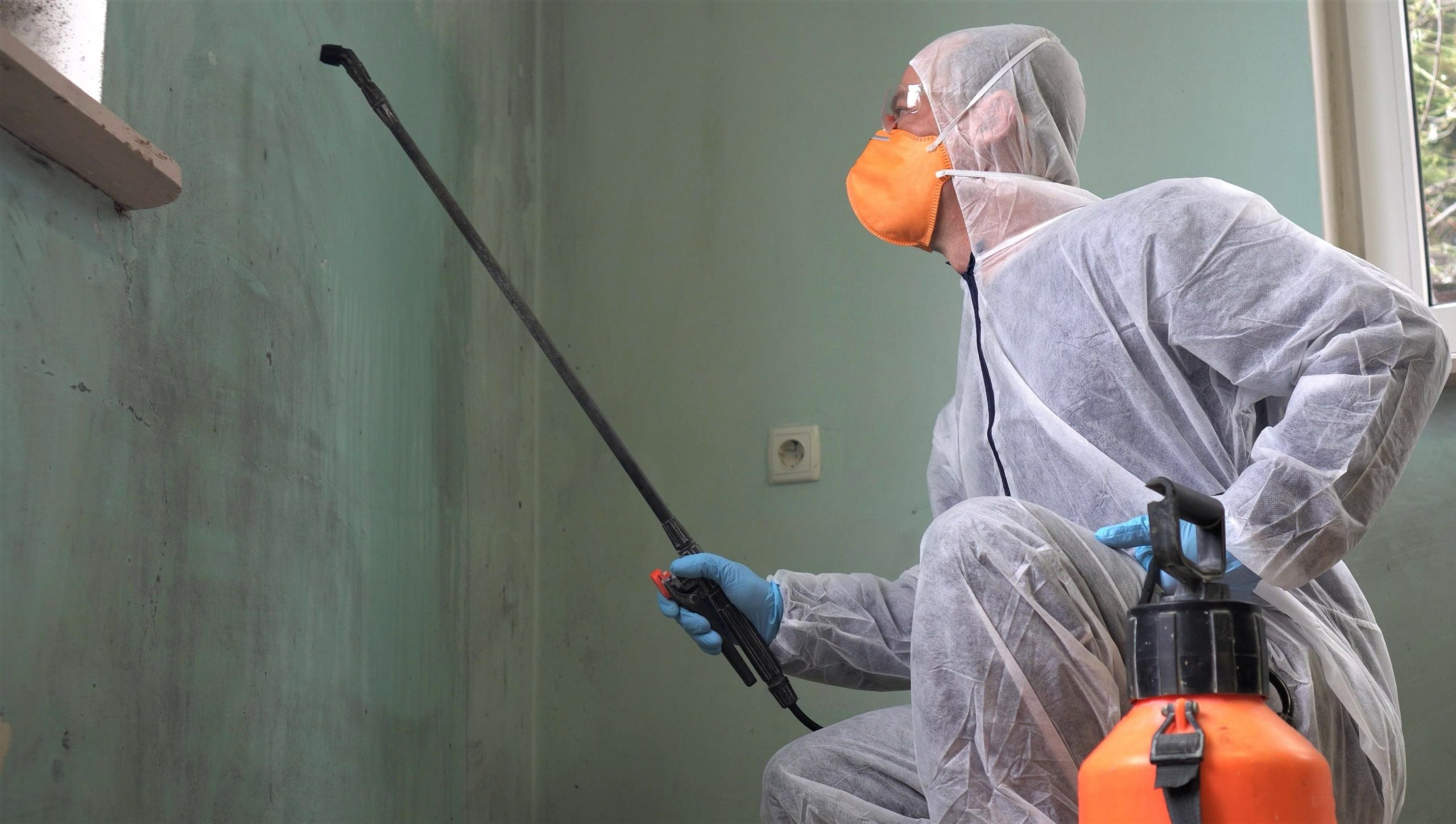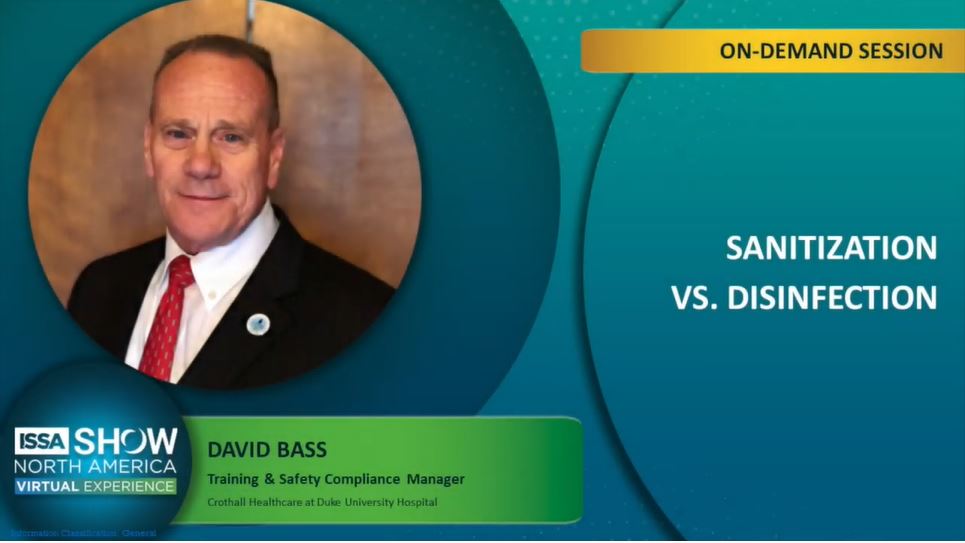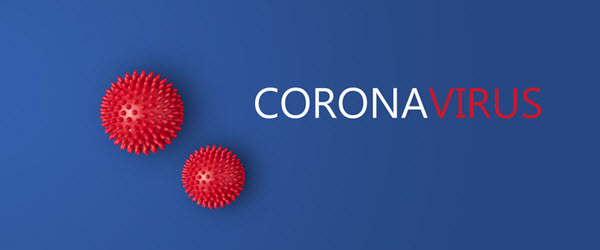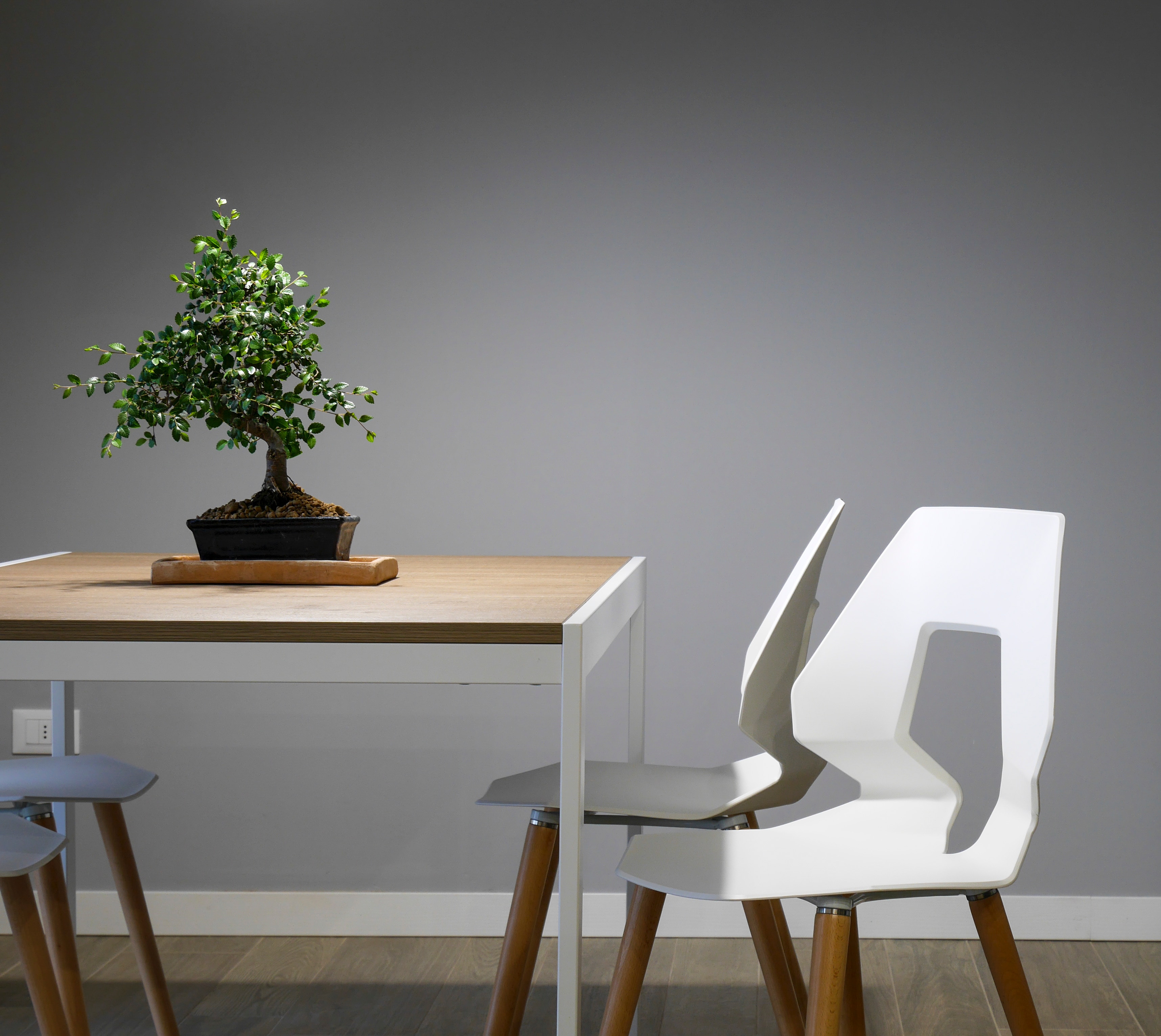Natural, nontoxic alternatives to high-priced detergents and cleansers can be easily — and cheaply — made at home. Not only will you have the satisfaction of saving money, but you’ll be pitching in to help the Earth while creating a safer, chemical-free environment for you and your family.

You don’t have to shuck a lot of bucks to go green in your cleaning routine. Natural, nontoxic alternatives to high-priced detergents and cleansers can be easily — and cheaply — made at home. Not only will you have the satisfaction of saving money, but you’ll be pitching in to help the Earth while creating a safer, chemical-free environment for you and your family. Just keep these all-natural and inexpensive items on hand and you can clean green all year around. You’ll be surprised at just how many cleaning uses these common household items have. I’ve tried most of the techniques mentioned below, so I know they work.
Such a simple substance is remarkably versatile for cleaning throughout the house. Vinegar’s mildly acidic nature helps it break down dirt and grime, and kills bacteria, mold, and germs. Its pungent odor, which disappears as soon as it dries, is nontoxic, unlike most commercial cleaning solutions. Be careful when using it on tile grout (too concentrated can be damaging), and never use it on marble or other porous stone surfaces.
- Laundry.
- Kitchen.
- Bathroom.
Use 1/2 to 1 cup of vinegar during the laundry rinse cycle instead of a commercial fabric softener. It’ll cut down on lint and also break down the harsh chemicals of the detergent, which is great news for those with sensitive skin. For added greenness and savings, invest in reusable dryer balls (found at Target and many supermarkets and pharmacies). They may look like doggie chew toys, but they’re phenomenal at fluffing up your clothes.
Cost Comparison (per load):
Fabric softener (washer and dryer): $.08
Dryer balls and vinegar: $.02 Use a solution of one-part vinegar to one-part water (1:1) to clean kitchen surfaces. (Again, due to vinegar’s acidic nature, test on grout and tile before using, and shy away from marble.) Instead of expensive dishwasher detergent, toss half a cup of vinegar in the bottom of your dishwasher.
Cost Comparison (per dishwasher load):
Dishwasher cleaner: $.15
Vinegar: $.10 Pour three cups of vinegar in the toilet to get rid of rings. For continuous cleaning, pour three cups into the back tank once a week to keep the bowl fresh. Vinegar works great against soap scum and hard-water stains, even ones that have been around for years.
Commercial cleansers have long sung the praises of citrus, hyping the presence of lemon prominently on their labels. It’s no wonder: Lemon’s cleaning powers extend beyond a fresh scent. Its acidic properties can cut through grease and grime better than most manmade products.
- Living Room.
- Kitchen.
Use a ratio of one-part lemon juice to two-parts olive oil (1:2) for an all-natural furniture polish; finish off with a soft, dry cloth (recycled, of course). If you have cats, lemon peels in your potted plants can deter them from digging — or worse.
Cost Comparison (per ounce):
Furniture polish: $.42
Olive oil and lemon: $.35 Halve lemon and sprinkle with baking soda to scrub dishes. Dump leftover lemon (or orange) peel into your garbage disposal to eradicate nasty odors.
Cost Comparison (per cleaning of garbage disposal):
Commercial cleaner: $.43
Leftover lemon peel: $.25 (or free, if you’ve already used the rest of the lemon)
This seemingly benign white powder serves dual purposes: as an abrasive cleaner and a frontline odor fighter.
- Kitchen.
- Laundry.
- Bathroom.
Make a paste with water for tough stains on your counter, or store an open box in the fridge to keep it smell-free. To more easily clean the stalactites that have formed in the microwave, boil two tablespoons of baking soda in a mug of water, then simply wipe out the gunk.
Use a water-and-baking-soda paste on most fabrics to remove stains. Or put pure baking soda into sachets (stuff old socks or pantyhose) to remove odors from olfactory offenders like stinky sneakers.
Sodium bicarbonate can even help clear drain clogs. Just dump a cup of baking soda down the drain, followed by a cup of that other clean-all, vinegar. This may take a few tries, but it should clear even the nastiest of clogs — with a lot less fumes than chemical methods.
Cost Comparison:
Commercial drain cleaner: $3.00 (per suggested use — I usually used the whole container, at $6 a pop)
Baking soda and vinegar: $1.50
- White Vinegar.
- Lemon.
- Baking Soda.






